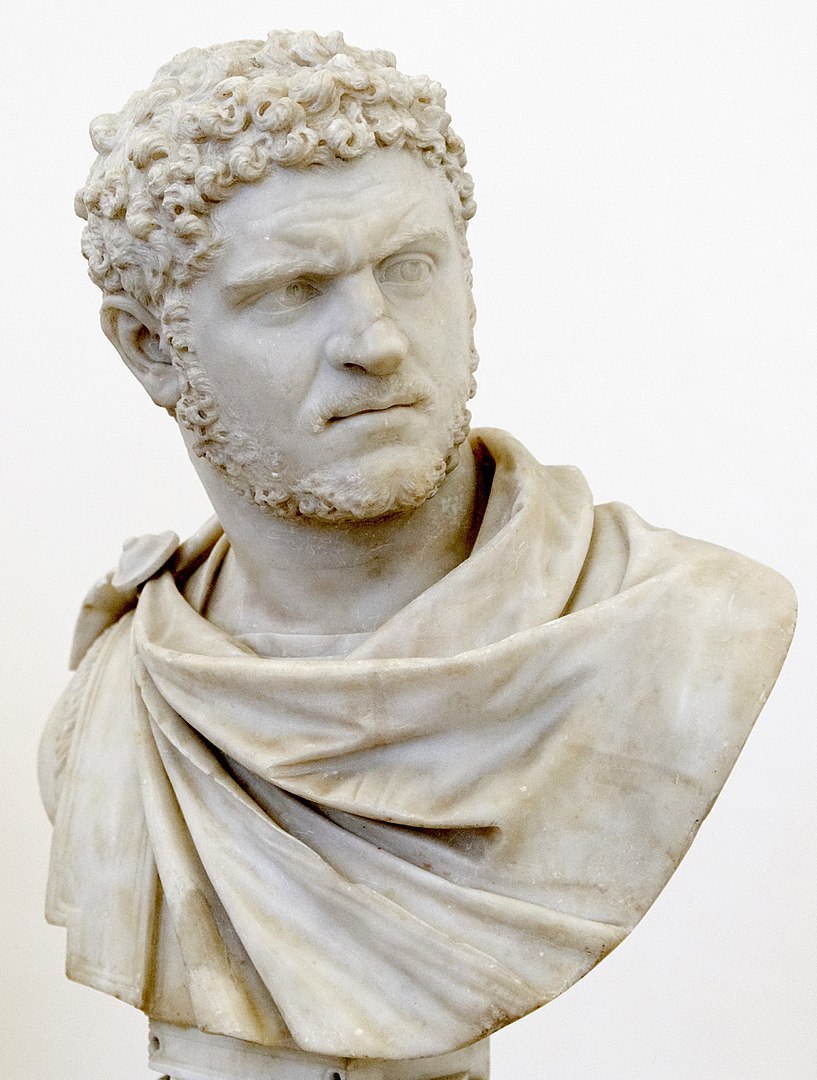Stamp: Napoleon at St Bernard (Ajman 1972)
Napoleon at St Bernard (Ajman 1972)
22 May (Ajman ) within release 150th Anniversary of the Death of Napoleon (metallic) goes into circulation Stamp Napoleon at St Bernard face value 25 United Arab Emirates riyal
| Stamp Napoleon at St Bernard in catalogues | |
|---|---|
| Michel: | Mi: AJ J1236A |
| Colnect codes: | Col: AJ 1972.05.22-32 |
Stamp is square format.
Also in the issue 150th Anniversary of the Death of Napoleon (metallic):
- Stamp - Napoleon at St Bernard face value 25;
- Souvenir Sheet - Napoleon at St Bernard face value 25;
- Stamp - Napoleon at St Bernard face value 25;
- Stamp - Napoleon at St Bernard face value 25;
- Stamp - Napoleon at St Bernard face value 25;
- Souvenir Sheet - Napoleon at St Bernard face value 25;
Stamp Napoleon at St Bernard it reflects the thematic directions:
The word emperor (from Latin: imperator, via Old French: empereor) can mean the male ruler of an empire. Empress, the female equivalent, may indicate an emperor's wife (empress consort), mother/grandmother (empress dowager/grand empress dowager), or a woman who rules in her own right and name (empress regnant or suo jure). Emperors are generally recognized to be of the highest monarchic honour and rank, surpassing king. In Europe, the title of Emperor has been used since the Middle Ages, considered in those times equal or almost equal in dignity to that of Pope due to the latter's position as visible head of the Church and spiritual leader of the Catholic part of Western Europe. The emperor of Japan is the only currently reigning monarch whose title is translated into English as "Emperor"
The horse (Equus ferus caballus) is one of two extant subspecies of Equus ferus. It is an odd-toed ungulate mammal belonging to the taxonomic family Equidae. The horse has evolved over the past 45 to 55 million years from a small multi-toed creature, Eohippus, into the large, single-toed animal of today. Humans began to domesticate horses around 4000 BC, and their domestication is believed to have been widespread by 3000 BC. Horses in the subspecies caballus are domesticated, although some domesticated populations live in the wild as feral horses. These feral populations are not true wild horses, as this term is used to describe horses that have never been domesticated, such as the endangered Przewalski's horse, a separate subspecies, and the only remaining true wild horse. There is an extensive, specialized vocabulary used to describe equine-related concepts, covering everything from anatomy to life stages, size, colors, markings, breeds, locomotion, and behavior.

